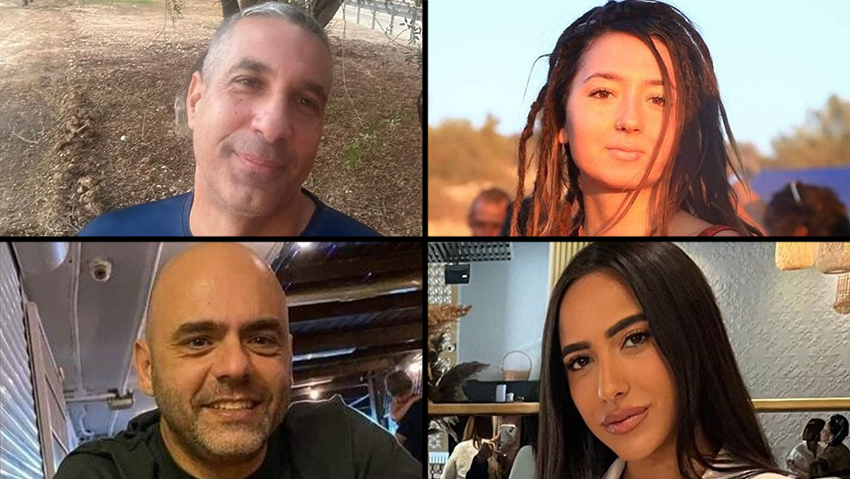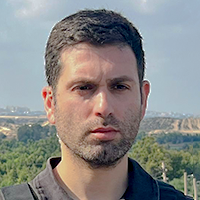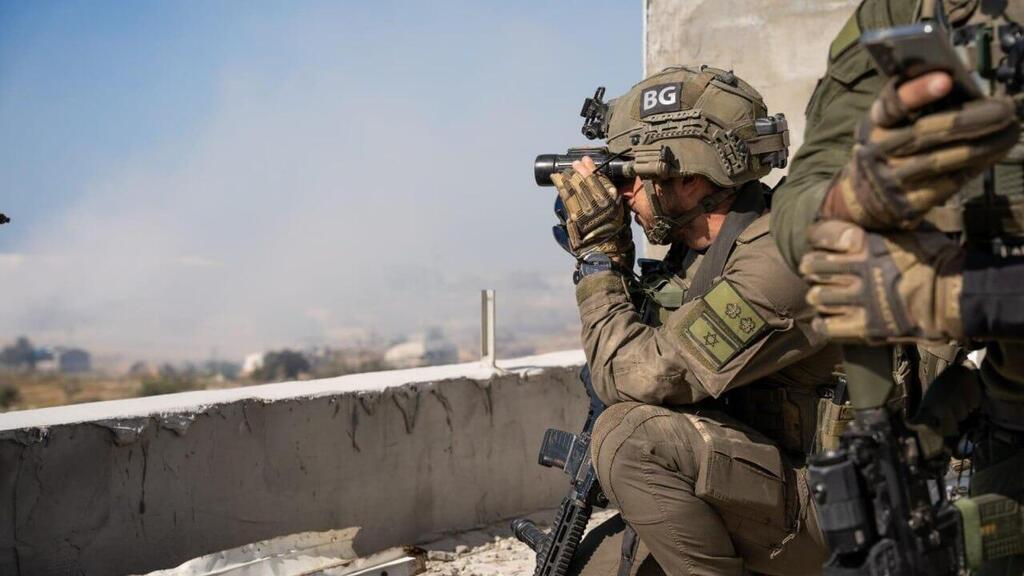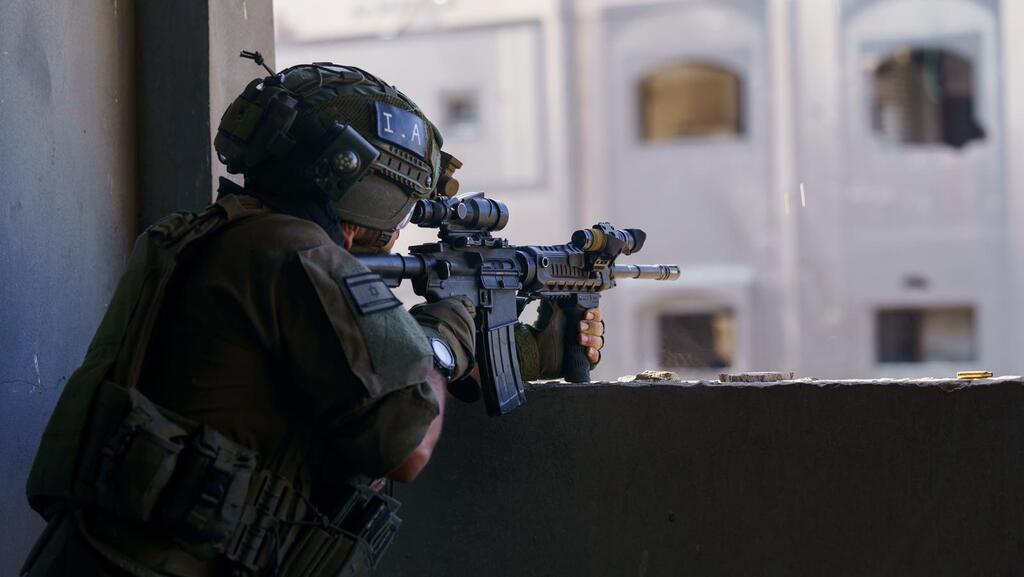Just 6 kilometers (3.7 miles) separate the busy market at the Jabaliya Refugee camp in Gaza - where Hamas has returned and has been able to rebuild its power – and the homes in the Israeli border area kibbutzes of Nir Am and Mefalsim, where Nukhba terrorists invaded in the October 7 massacre.
IDF forces battled over the stubborn Hamas stronghold and it is now in ruins. But the forces who have been fighting hard battles in the past 10 days in the alleyways of Jabaliya have no illusions. They know they will have to return and fight again in the crowded refugee camp.
From the area's higher ground, buildings in Sderot are clearly visible and within range of mortar fire. The IDF did not reach that high point earlier in the war, preferring to operate its limited forces elsewhere.
The soldiers have learned from the fighting in Khan Younis, above and below ground, about the advantages of surprise, which allows civilians only a few hours to leave for safety, but also disrupts the ability of the hundreds of terrorists to escape among them.
The troops have also learned the importance of dealing with the vast underground tunnel system without which the terrorists are unable to fight, hide and move from one location to another. The experience in Khan Younis also taught them of the necessity to completely destroy most of the buildings and structures that housed the terrorists and not to leave them standing, as they had done in the northern areas of the Strip.
"This is no exaggeration, in nearly every home and structure Hamas terrorists prepared large numbers of weapons and armaments," Col. Barak Ganot, operation chief for the 98th brigade, told Ynet. They don't have to walk outside armed. They only have to enter a building or tunnel shaft and take up a position with rocket-propelled grenades, AK47 rifles and ammunition. There are a lot of explosive devices hidden inside the walls.
The troops demolish the buildings so that they can not later be used by the terrorists, and thus far 100 buildings in the refugee camp have been destroyed using explosives, heavy equipment or bombings from the air. At the height of the fighting, some soldiers even set buildings on fire, raising ire outside the military and from its commanders.
Now no such incidents occur. "It is against international law to burn down houses,' Ganot said. "But these are not just any random buildings. The terrorists know exactly where to go and we have to destroy their tunnels and the buildings that are over them, or else we will not win." he said.
The terrorists broke down walls separating houses to allow them to move around, the officer said. "After the experiences of other fighting units, we were prepared for this in advance."
The alleyways are narrow, so the work is slow. The troops faced fire from Hamas squads launching anti-tank missiles. Some 50% of them have been intercepted, even when fired from close range, and some 250 terrorists were killed according to the brigade's count.
Soldiers in the religious battalion found an IED hidden inside a wall in one of the buildings last week. Thanks to their investigation, the bodies of four murdered hostages were found, and returned to Israel. They followed the IED wires into a building and reached a 10-meter tunnel shaft. "You have to understand. It was dark, humid, there was no air and it smelled, but the soldiers insisted on finding the source of the smell."
3 View gallery


Slain hostages found and returned for burial by forces in Jabaliya
(Photo: Courtesy )
The brigade's intelligence officer said only meticulous and slow work can yield results.
"There are things that can help us in the fighting, in every house," he said. "In one place that was being searched, a soldier found a ragged piece of paper with important fighting orders, left behind by the Hamas terrorist. That was an intelligence bonanza for us. That is how we can find maps of tunnels and figure out things that would otherwise take months to solve."





